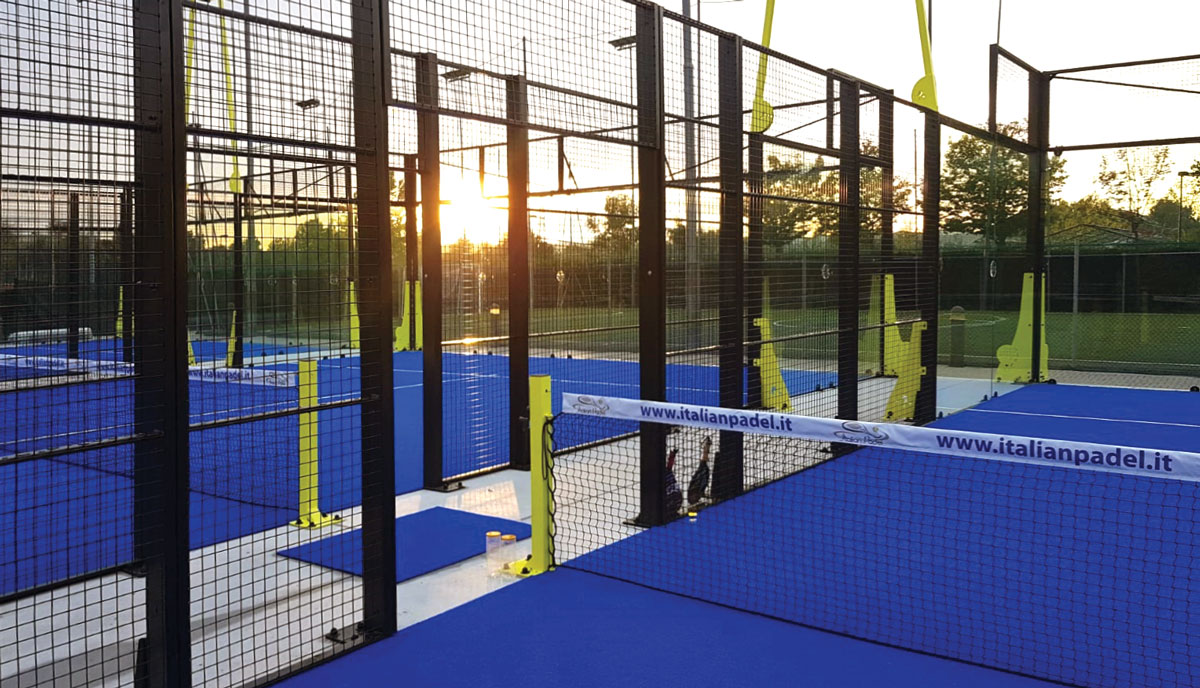What are tennis courts made of, a sport cherished by millions around the world, is played on various types of courts. Each court surface has its unique characteristics, affecting the game’s pace and style of play. One of the most intriguing and classic court surfaces is the clay court. In this comprehensive exploration, we will delve into the world of clay court tennis, uncovering the secrets behind what clay courts are made of, their advantages, disadvantages, and their impact on the game.
Understanding Clay Courts
Clay courts are an integral part of the tennis landscape, known for their distinctive reddish hue and the iconic sliding moves of players like Rafael Nadal. These courts offer a unique playing experience compared to other surfaces like grass or hard courts. To comprehend what clay courts are made of, we must dissect their components.
- Clay Surface: The primary material used in clay courts is crushed brick, shale, or other natural clay-based materials. This clay is meticulously ground to form a smooth, fine-grained surface. The clay is then packed down tightly to create a solid foundation.
- Top Dressing: To maintain the court’s integrity, a layer of finely crushed stone or brick is spread over the clay surface. This top dressing helps to absorb excess moisture and maintain consistent playing conditions.
- Lines and Net: Just like any other tennis court, clay courts feature painted lines that define the boundaries of the court. A net is stretched across the center to separate the two sides, with specific measurements adhering to international tennis regulations.
Advantages Of Clay Courts
Now that we understand what clay courts are made of, let’s delve into their advantages:
- Slower Pace: Clay courts are known for their slow pace, as the soft surface reduces the ball’s speed upon impact. This slower pace gives players more time to react and strategize, resulting in longer rallies and exciting, tactical matches.
- Tactical Play: The slower surface encourages players to develop a more strategic and patient style of play. The higher bounce and reduced speed make it necessary for players to employ topspin shots and crafty drop shots to outmaneuver their opponents.
- Gentler on the Body: Clay courts are forgiving on the body. The softer surface absorbs impact better than hard courts, which can be easier on the joints and reduce the risk of injuries.
- Extended Seasons: Clay courts can be used for more extended periods throughout the year, as they are less affected by extreme weather conditions compared to grass or hard courts.
- Iconic Matches: Some of the most memorable matches in tennis history have taken place on clay courts. Players like Bjorn Borg, Rafael Nadal, and Chris Evert have made their mark on these courts, adding to the allure of clay court tennis.
Disadvantages Of Clay Courts
While clay courts offer unique advantages, they also come with their share of disadvantages:
- Maintenance: Clay courts require meticulous maintenance to keep them in optimal playing condition. Regular watering and rolling are necessary to prevent the surface from becoming too dusty or hard.
- Slippery When Wet: Clay courts can become slippery when wet, posing safety hazards for players. Rain delays are common in clay court tournaments.
- Variable Bounce: The bounce on clay courts can be unpredictable, making it challenging for players to adapt to different conditions.
- Limited Speed: The slow pace of clay courts may not suit players who rely on a power game and prefer faster surfaces.
Conclusion
In conclusion, clay courts are an integral part of the tennis world, known for their distinctive playing characteristics and unique challenges. To answer the question, “What are tennis courts made of,” we find that clay courts are primarily composed of crushed clay or shale, with additional layers of materials for durability and consistency.
Clay courts offer advantages such as a slower pace, tactical play, and being gentler on the body. They have hosted some of the most iconic matches in tennis history. However, they also come with disadvantages like maintenance requirements, variable bounce, and a susceptibility to becoming slippery when wet.
The allure of clay court tennis lies in its ability to test a player’s skills, patience, and adaptability. Whether you’re a professional player vying for a Grand Slam title or a casual enthusiast enjoying a friendly match, the clay court experience is a unique and cherished part of the sport’s rich heritage. So, next time you step onto a clay court, take a moment to appreciate the history and craftsmanship that go into creating this fascinating surface, and enjoy the distinct challenges and rewards it offers.

